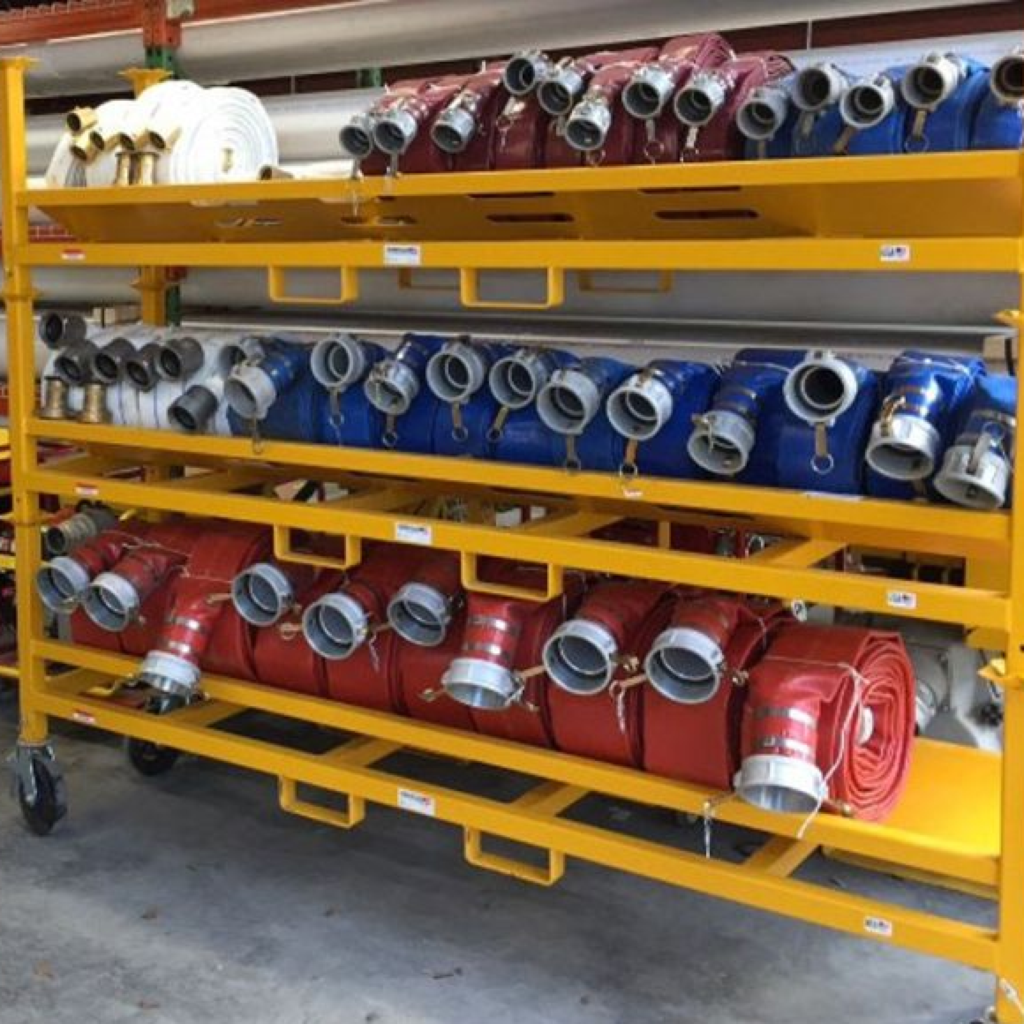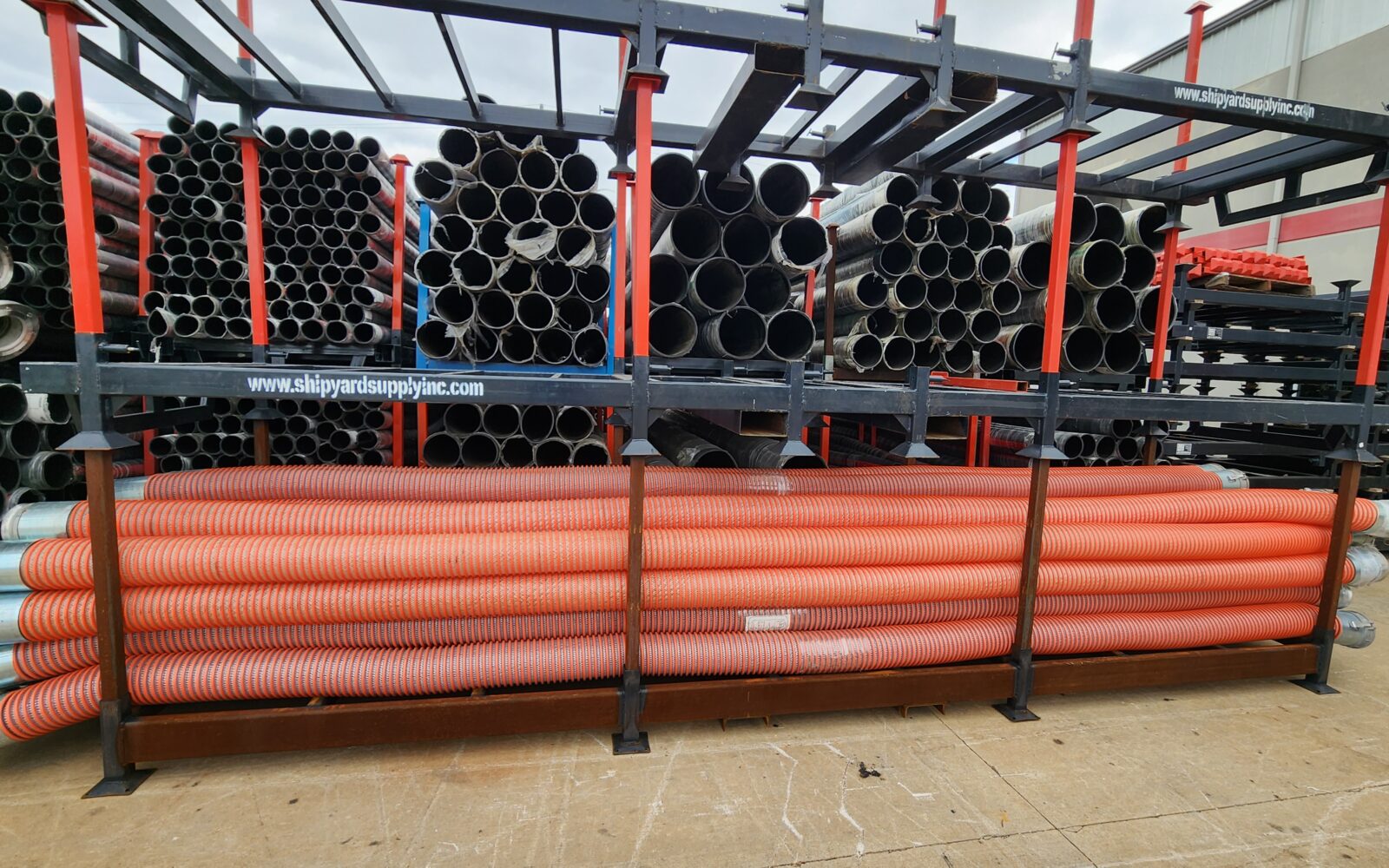Maximizing the lifespan and effectiveness of your hose requires proper care, routine maintenance, and appropriate storage. Whether used for industrial applications following best practices helps prevent premature failure and costly replacements. Below are answers to common FAQs regarding hose care.
How Can You Extend the Life of Your Hose?
Avoid Excessive Bending: Sharp bends or kinks can weaken the hose structure, leading to premature wear.
Monitor Temperature Exposure: Hoses exposed to extreme temperatures may degrade faster. Ensure the hose is rated for the temperatures of both the surrounding environment and the fluid being transported.
Manage Pressure Properly: Open and close valves gradually to prevent sudden pressure surges that can damage the hose.
Use the Right Hose for the Right Fluid: Hoses are not universally resistant to all chemicals, toxic substances, or gases. Select a hose rated for your specific application.
Minimize Weather Exposure: UV rays, rain, and extreme humidity can degrade certain hose materials over time. Use protective measures such as covers when necessary.

What Are the Best Practices for Hose Installation?
Ensure Proper Slack and Avoid Twisting: Hoses should have enough slack to accommodate expansion and contraction. If rotation is expected, use joints to prevent twisting.
Prevent Sharp Bends: Excessive bending near fittings can weaken hose integrity. Utilize elbows and fittings to maintain a gradual curve.
Consider Health and Safety Risks: Position hoses in a way that minimizes potential harm to personnel and surrounding equipment in case of failure.
How Should You Store Hoses to Prevent Damage?
Proper Storage Conditions: Store hoses in a cool, dry, and shaded area away from direct sunlight and extreme temperature fluctuations.
Ideal Temperature Range: Keep stored hoses between 50°F and 70°F to maintain their material properties.
Prevent Moisture & Contamination: Avoid storing hoses in damp or dusty environments. Capping hose ends help prevent debris buildup.
Use the First-In, First-Out (FIFO) Method: Rotate your inventory to use older hoses first and prevent long-term storage degradation.

How Should You Handle and Transport Hoses?
Avoid Dragging on Rough Surfaces: Dragging hoses across abrasive surfaces can cause cuts, abrasions, and reduced lifespan.
Lift Properly: When lifting hoses with a crane or mechanical support, distribute the weight evenly using multiple support points rather than lifting from one spot.
Why Are Regular Inspections Important?
Check for Signs of Wear: Look for swelling, cracks, leaks, or collapsed sections.
Inspect Fittings and Connections: Ensure that hose fittings are secure and show no signs of corrosion or leaks.
Replace Damaged Hoses Promptly: A compromised hose can lead to safety risks and operational inefficiencies.
By following these guidelines for care, maintenance, and storage, you can significantly extend the lifespan of your hoses and maintain their optimal performance. If you have questions about proper care of hoses and a regular hose management program, contact our experts today about our OnGuardTM Hose Management Program.








